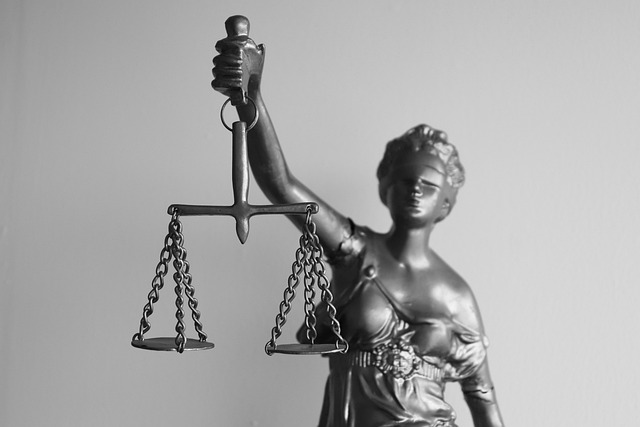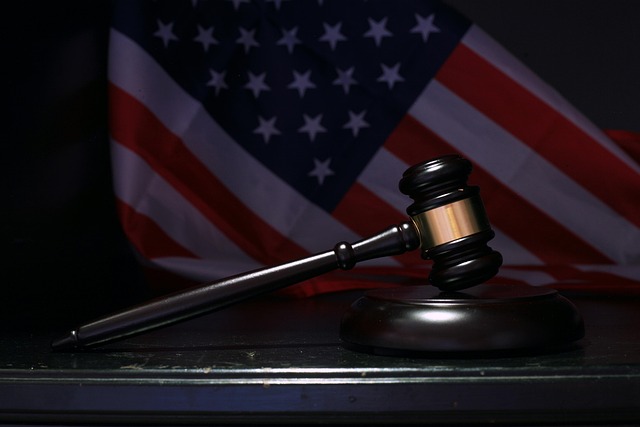Corporate Crime Investigations tackle white-collar crimes, requiring expertise in corporate structures and legal frameworks. The process involves identifying misconduct, gathering evidence, interviewing witnesses, and analyzing records. Law enforcement navigates high-stakes cases, aiming for justice and setting compliance precedents. Understanding personal injury claims is crucial; victims can seek civil litigation for compensation and accountability. Initial steps include assessing injuries, gathering evidence within time limits, identifying responsible parties, and consulting legal professionals. Meticulous evidence collection and preservation are key to successful corporate investigations and personal injury claims in the digital era.
Corporate crime investigations are crucial in holding businesses accountable for their actions. This article delves into the intricacies of understanding these investigations, focusing on key aspects like law enforcement’s role, legal frameworks for personal injury claims, and essential steps to file a successful claim. Learn how to navigate evidence collection and preservation techniques, empowering you to seek justice and compensation through understanding How to File a Personal Injury Claim against corporations.
- Understanding Corporate Crime Investigations
- Roles of Law Enforcement in Investigating Corporate Crimes
- Legal Framework for Personal Injury Claims Against Corporations
- Steps to File a Successful Personal Injury Claim
- Evidence Collection and Preservation Techniques
Understanding Corporate Crime Investigations

Corporate Crime Investigations delve into complex matters where businesses or their representatives engage in illegal activities. This includes a wide range of offenses, from financial fraud to environmental violations, and often involves what’s known as white-collar crime. Unlike traditional criminal investigations focusing on street-level crimes, these inquiries require a deep understanding of corporate structures, legal frameworks, and the respective business practices.
The process encompasses all stages of the investigative and enforcement process, starting with identifying potential misconduct through tip lines or internal reports. Investigators then gather evidence, interview witnesses, and analyze financial records to build a case. It’s crucial to navigate these cases delicately, as they often involve high-stakes litigation and significant reputational risks for the respective business. Moreover, understanding how to File a Personal Injury Claim can be a critical aspect when victims are harmed by corporate misconduct.
Roles of Law Enforcement in Investigating Corporate Crimes

Law enforcement plays a pivotal role in investigating corporate crimes, ensuring accountability and justice. They are responsible for conducting thorough inquiries into suspected illegal activities within corporations, which often involve complex financial schemes, fraud, or ethical breaches. By utilizing their expertise and resources, law enforcement officers can navigate the intricate web of corporate structures to uncover evidence and identify key players involved.
In these investigations, they follow a structured process, encompassing all stages from initial reporting to enforcement. This includes gathering intelligence, interviewing witnesses and executives, analyzing financial records, and collecting digital evidence. The ultimate goal is to build a compelling case, which may lead to winning challenging defense verdicts or achieving complete dismissal of all charges, ensuring that corporate entities are held responsible for their actions and setting a precedent for future compliance.
Legal Framework for Personal Injury Claims Against Corporations

When it comes to corporate crime investigations, understanding the legal framework for personal injury claims is crucial. Individuals who have suffered harm due to a corporation’s misconduct can seek justice through civil litigation. The process begins with thoroughly documenting the injuries and gathering evidence of the corporation’s negligence or intentional wrongdoings. This may involve medical records, witness statements, and financial documents that demonstrate the extent of the damage caused.
Knowing how to file a personal injury claim is essential for achieving extraordinary results. While white-collar defense strategies can be complex, victims have rights that must be protected. By engaging legal professionals experienced in navigating these challenges, individuals can ensure their claims are presented effectively within the legal system. This process not only seeks compensation for injuries but also holds corporations accountable, fostering a sense of justice and potentially reshaping behaviors within the philanthropic and political communities.
Steps to File a Successful Personal Injury Claim

When it comes to navigating a personal injury claim, many individuals are unsure where to begin. The first step is to assess your injuries and gather evidence related to the incident. This includes medical records, photographs of injuries or property damage, and any documents that support your case, such as police reports. It’s crucial to act promptly; many jurisdictions have strict time limits for filing claims.
Next, identify the responsible party and their respective business entities. Consult with a legal professional who specializes in personal injury law to determine liability and the best course of action. They can help you understand your rights and guide you through the process. By following these steps and seeking expert advice, individuals can enhance their chances of achieving extraordinary results in their personal injury claim, ensuring they receive fair compensation for their respective injuries or losses.
Evidence Collection and Preservation Techniques

Effective evidence collection and preservation are paramount in corporate crime investigations, serving as the cornerstone for achieving extraordinary results. The process demands meticulous attention to detail, utilizing sophisticated techniques to safeguard digital footprints and tangible clues. In today’s digital age, where information is readily accessible but also vulnerable, investigators must employ specialized methods to collect and preserve electronic data, ensuring its integrity and admissibility in court.
Similar to navigating a complex labyrinth, the goal is to uncover hidden evidence while avoiding indictment for inappropriate handling. Proper procedures include securing physical evidence, documenting digital datasets, and maintaining chain of custody protocols. These strategies are instrumental in supporting general criminal defense mechanisms, safeguarding corporate interests, and ensuring justice is served. Remember that, in terms of personal injury claims, understanding these techniques can also aid individuals in presenting strong cases, especially when dealing with intricate financial or legal matters.
Corporate crime investigations require a multifaceted approach, with law enforcement playing a crucial role in uncovering and prosecuting illegal activities. Understanding the legal framework guiding personal injury claims against corporations is essential for victims seeking justice. By following well-defined steps, including evidence collection and preservation techniques, individuals can navigate the process effectively. Armed with knowledge, victims can now take proactive measures to file successful personal injury claims, ensuring accountability and compensation for their suffering.






